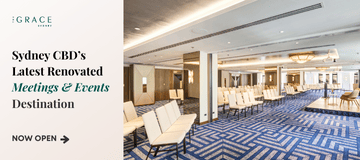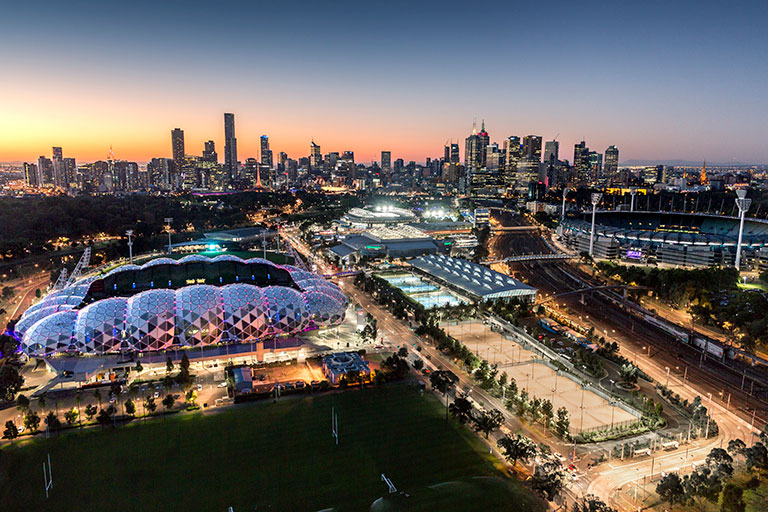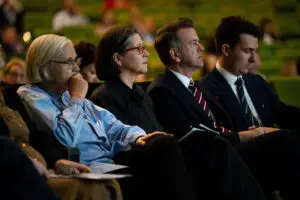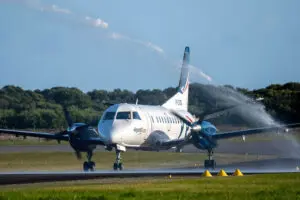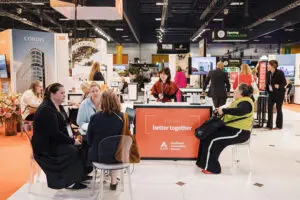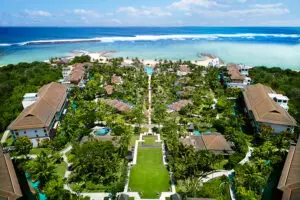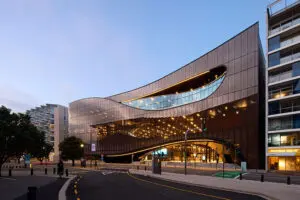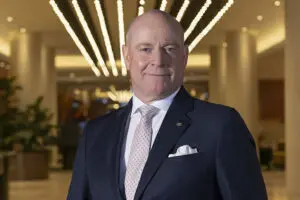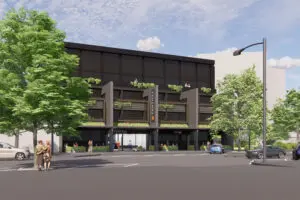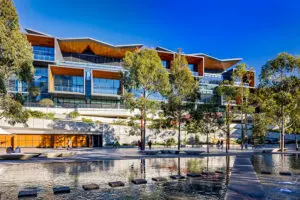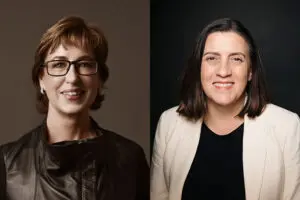The city had the lowest hotel occupancy for September, which included the AFL Grand Final series, sinking below 70 per cent to 69.1 per cent, while Perth topped the field with a 84.4 per cent occupancy rate, followed by Sydney which had an 80.8 per cent occupancy rate while Canberra came in third at 79.8 per cent occupancy.
It is well documented that the southern capital’s hotel stats are suffering from an oversupply of rooms, however September was not only a busy month for sport and major events including the Royal Melbourne Show and concerts, but the business events sector also delivered some large-scale occasions.
During September, Melbourne hosted the World Chambers Congress 2025 for around 1,000 delegates, the Progress 2030 Summit for 400 delegates, the APAC Wind Energy Summit for 1,500 delegates and the World Congress of Gastroenterology for 3,000 delegates.
When Melbourne won the bid for the World Chambers Congress, the media release said the event “will see the congress unite business chambers from across the globe filling more than 2,250 hotel room nights and injecting an estimated $3.9 million into the local economy”.
One could look at Melbourne’s performance for the month and say it is a great place to stage a business event because hotel rooms are cheap. Melbourne also had the lowest RevPAR of mainland Australian capitals – a figure which reveals the true cost of accommodation after considering what CBD hotel rooms were available to sell.
Melbourne recorded RevPAR of $143.92 a night, the lowest in the country except for Hobart at $141.06.
However, looking at the average daily rate of $208.29 in Melbourne, it appears a much healthier hotel market coming in ahead of Canberra, Hobart and Adelaide. It suggests that significantly more expensive hotel rooms were on offer on those nights when the city was full of AFL fans.
Overall during September, the Gold Coast took the honours for the average daily rate at $276.18 from Sydney at $257.35 and Brisbane at $248.98.
Sydney, which staged both some of the AFL Final series and the NRL Grand Final, had the best RevPAR at $207.99, leading Perth, which managed $203.74 and the Gold Coast at $201.63.
Melburnians can’t even blame the weather: September was warmer than the long term average this year – there was even a 24-degree spring day – and the city had less rainfall than average.


